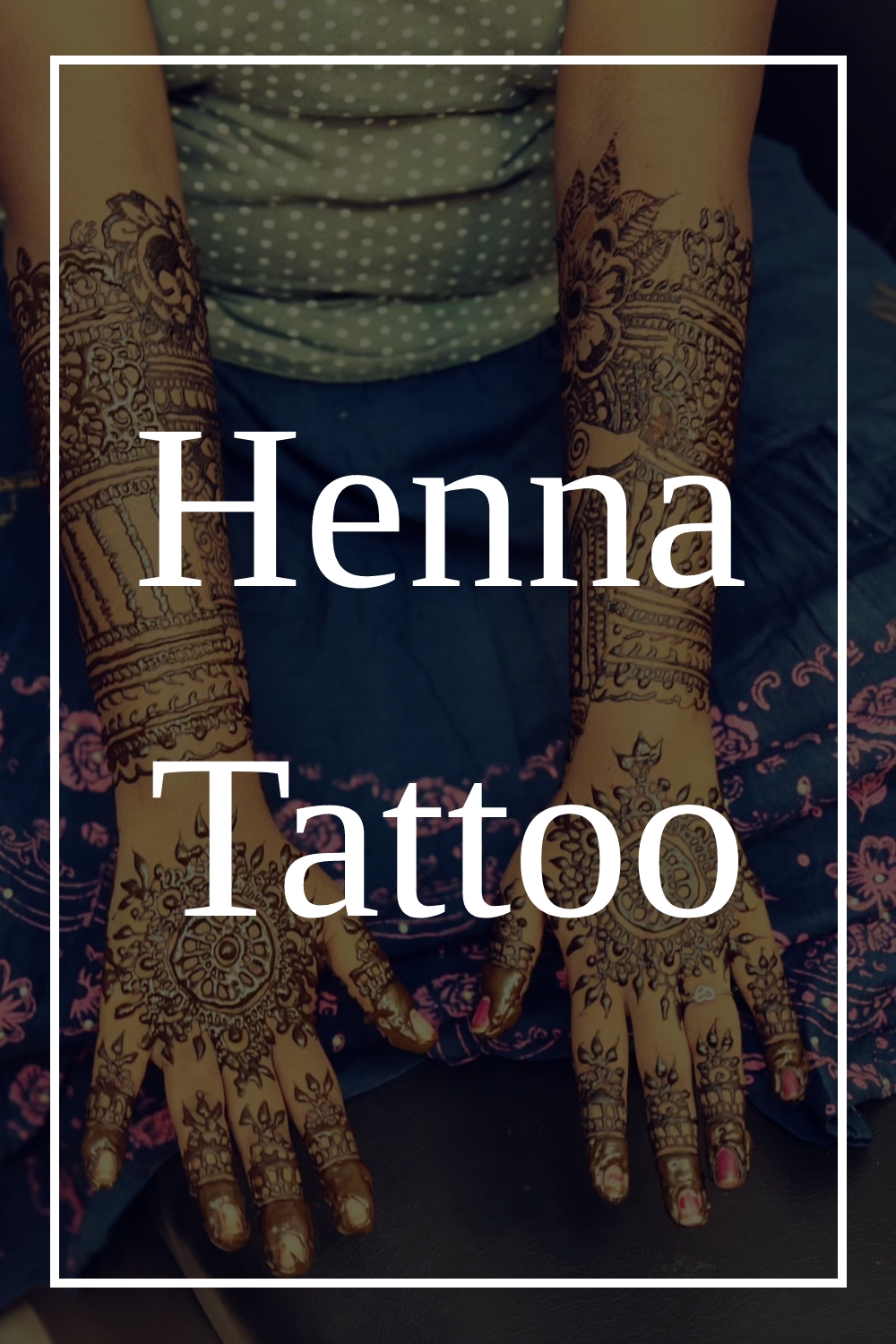Henna Tattoo
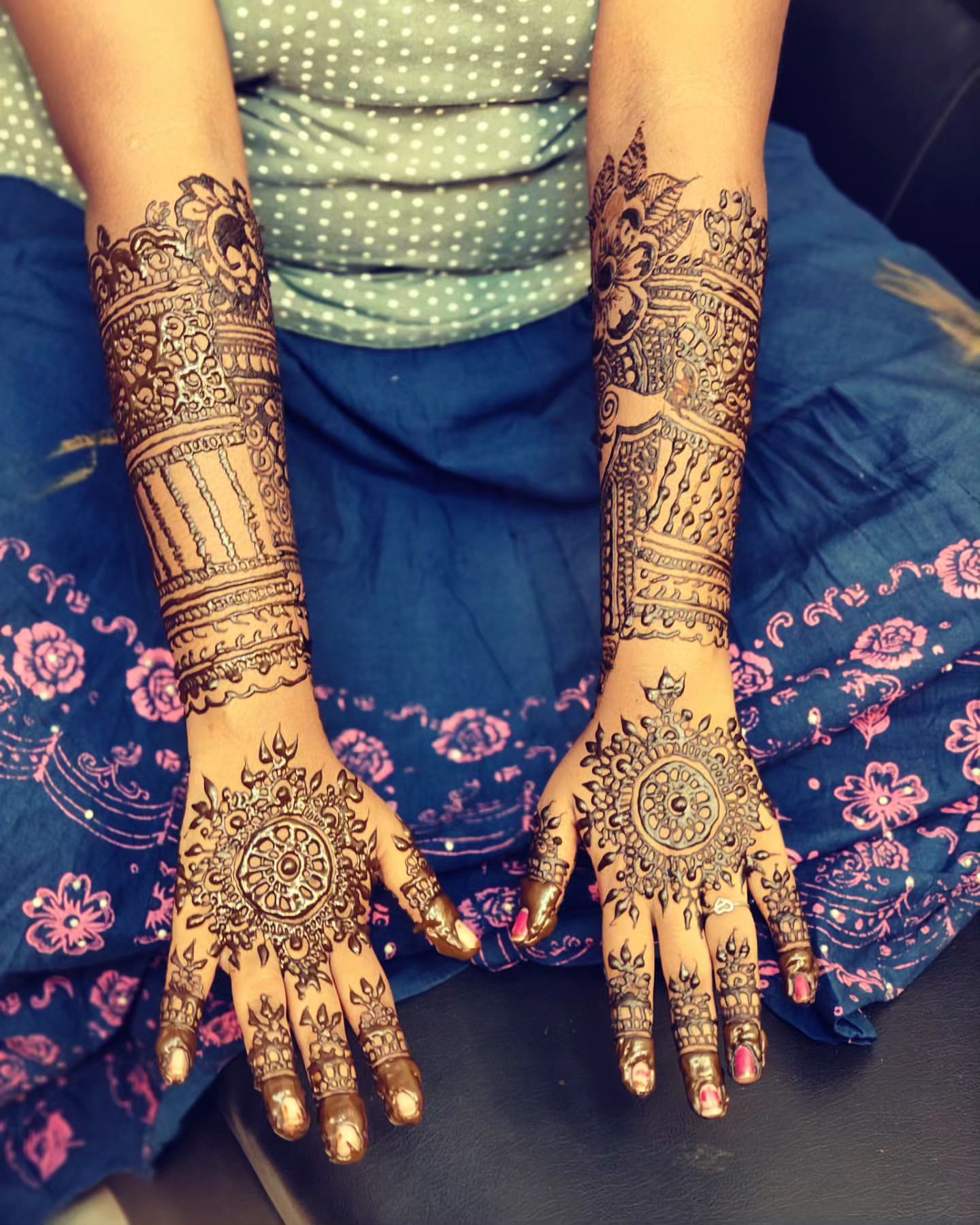
You’ve probably seen them at music festivals, on vacation, or maybe even on a friend’s Instagram post: henna tattoos. These intricate and temporary body designs have been around for centuries, originating in ancient Egypt and spreading to various cultures worldwide. But what exactly is henna? Henna is a plant-based dye made from the leaves of the henna plant, scientifically known as Lawsonia inermis. The dye is used to create temporary tattoos through a process called mehndi, where the paste is applied to the skin and left to dry, leaving behind beautiful and intricate designs that can last for weeks. Let’s explore the fascinating world of henna tattoos and discover why they have become such a popular form of self-expression.
Understanding Henna Tattoo (Please Pin Pictures)
Henna tattoo, also known as mehndi, is a type of temporary body art that has been practiced for centuries in various cultures around the world. It is created by applying a paste made from the crushed leaves of the henna plant onto the skin, resulting in intricate designs that can last for weeks. The art form holds significant cultural and religious significance in many societies and has evolved over time to become popular as a form of self-expression and fashion statement.
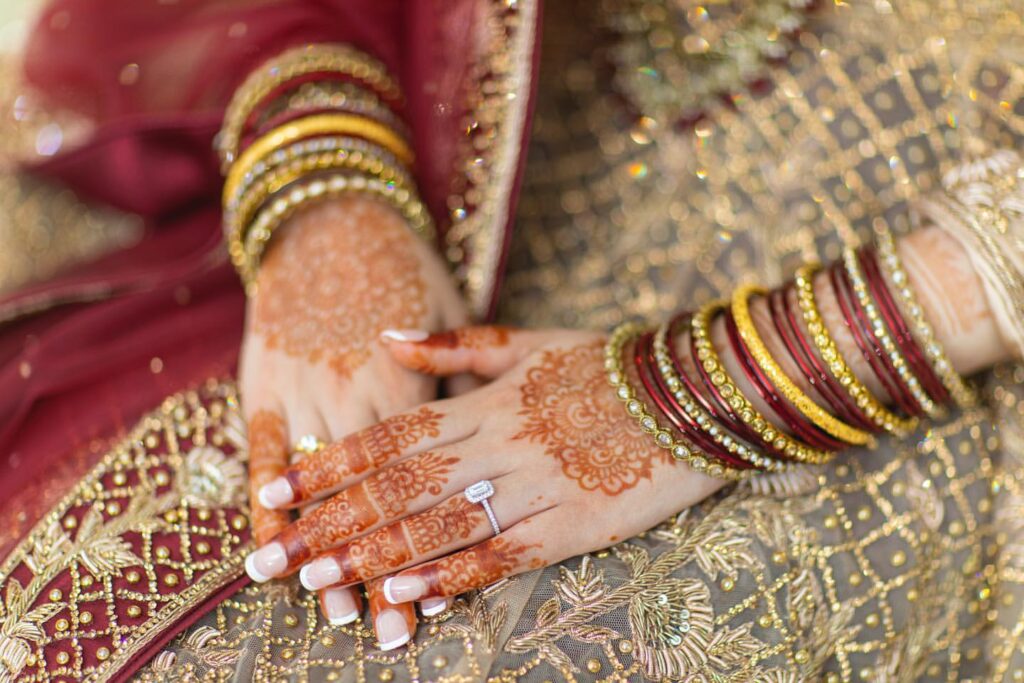
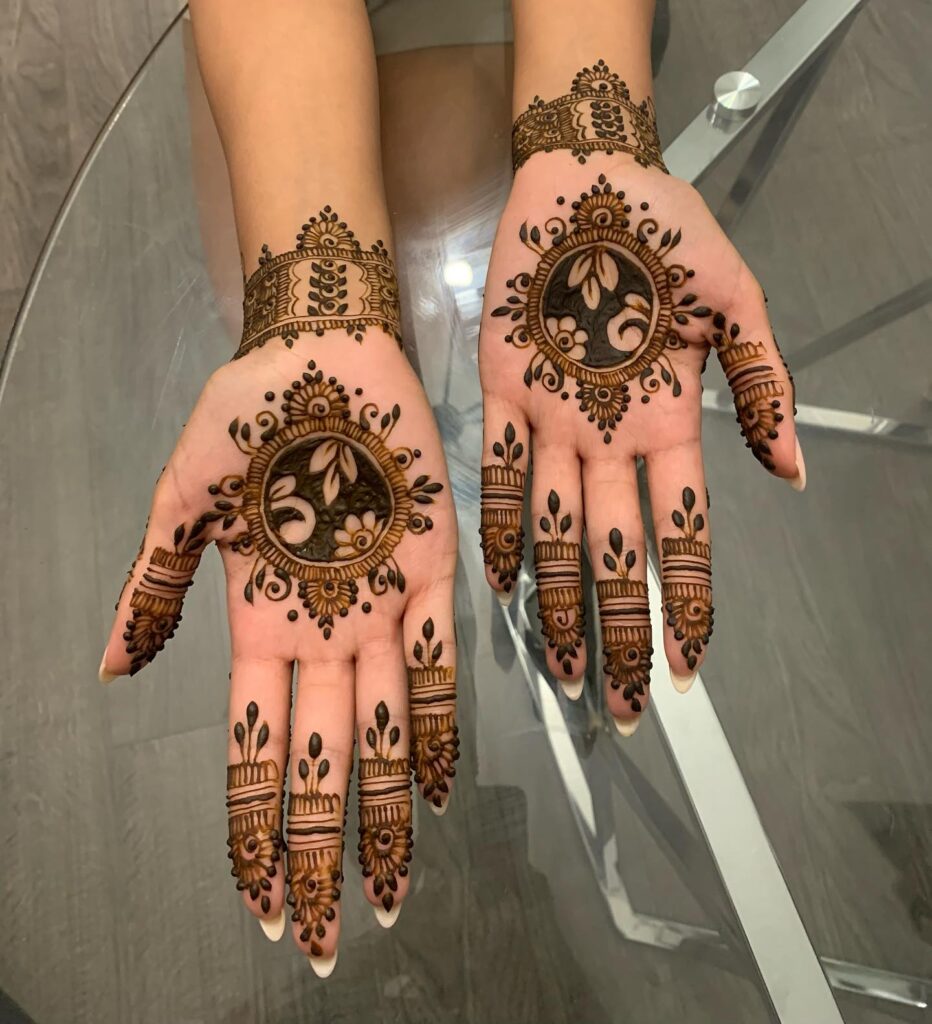
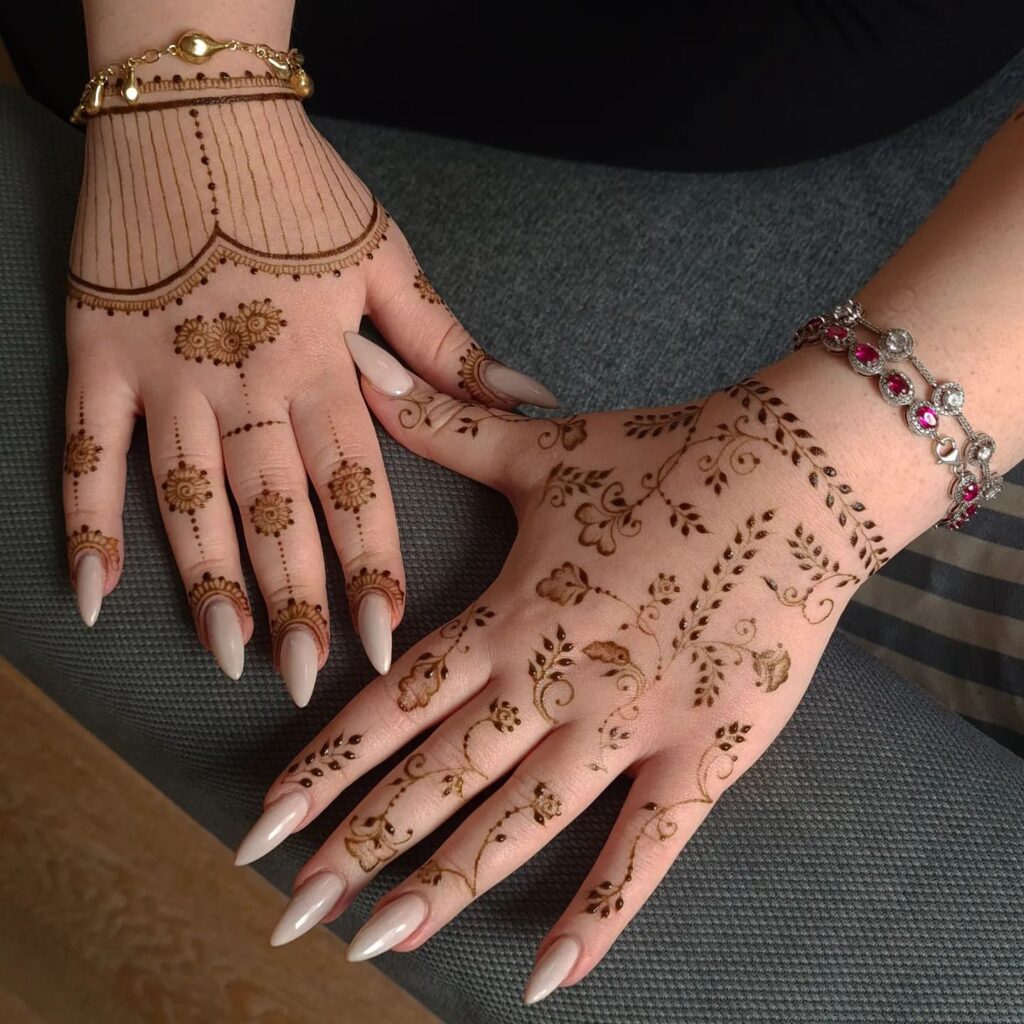
~~~
#henna#hennaart#hennadesign#hennawedding#hennaartist#mehndi#hennatattoo#hennadesigns#whitehenna#wedding#hennainspire#hennafun#mehendi#art#bridalhenna#hennasimple#hennainspiration#makeup#hennainspo#mehndidesign#mehndiartist#hennalondon#hennalondonbased#tattoo#hennatattoo#jaguaink#jaguatattoos#eidhenna#eid#eidmubarak

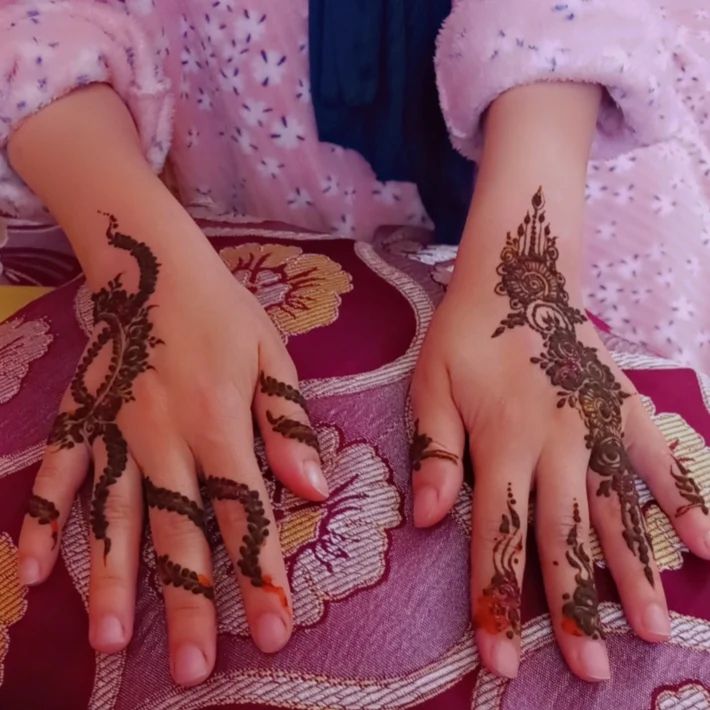
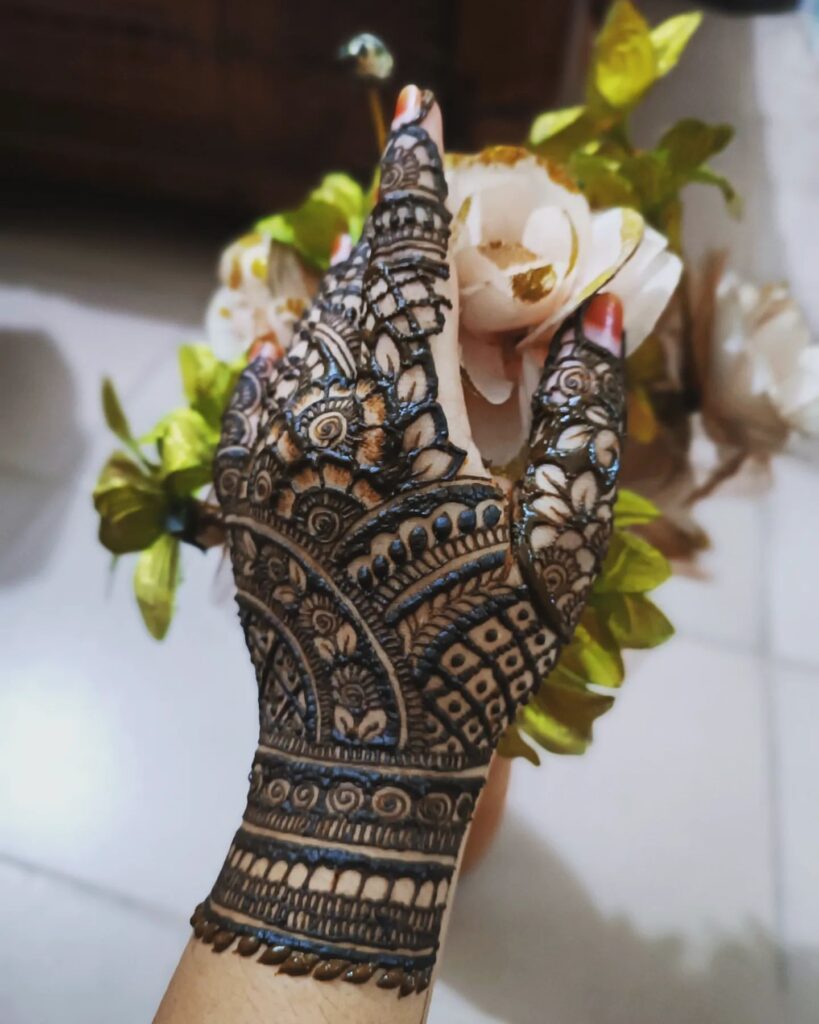
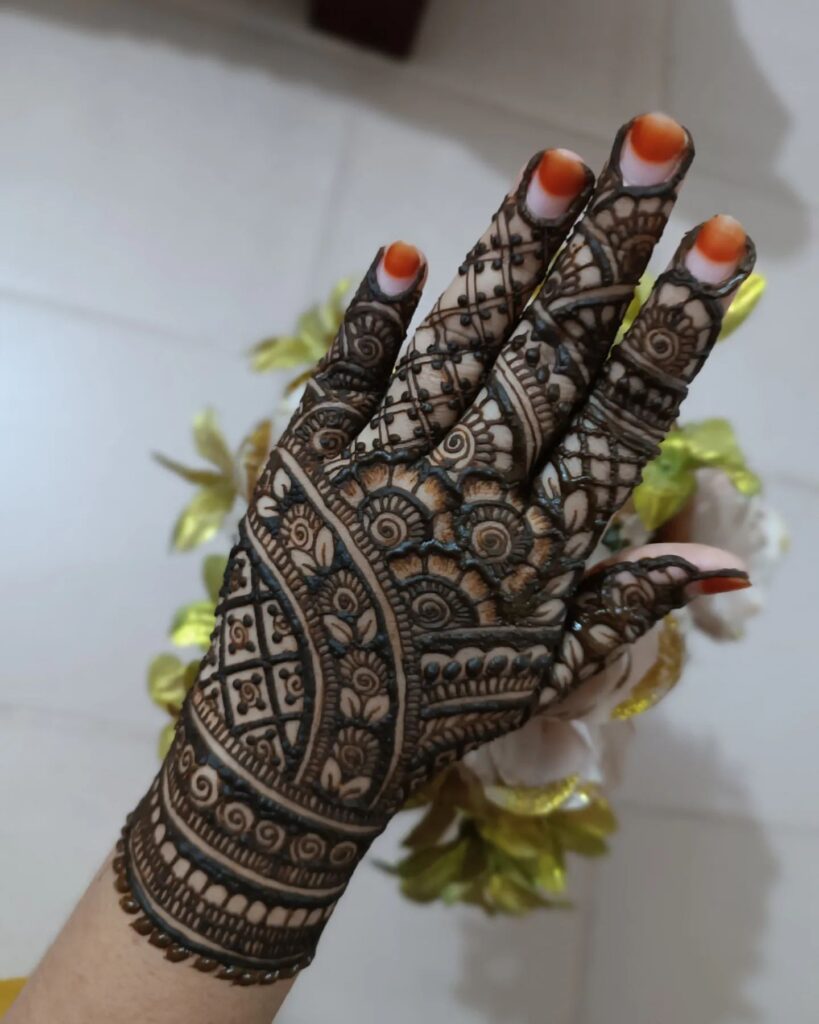
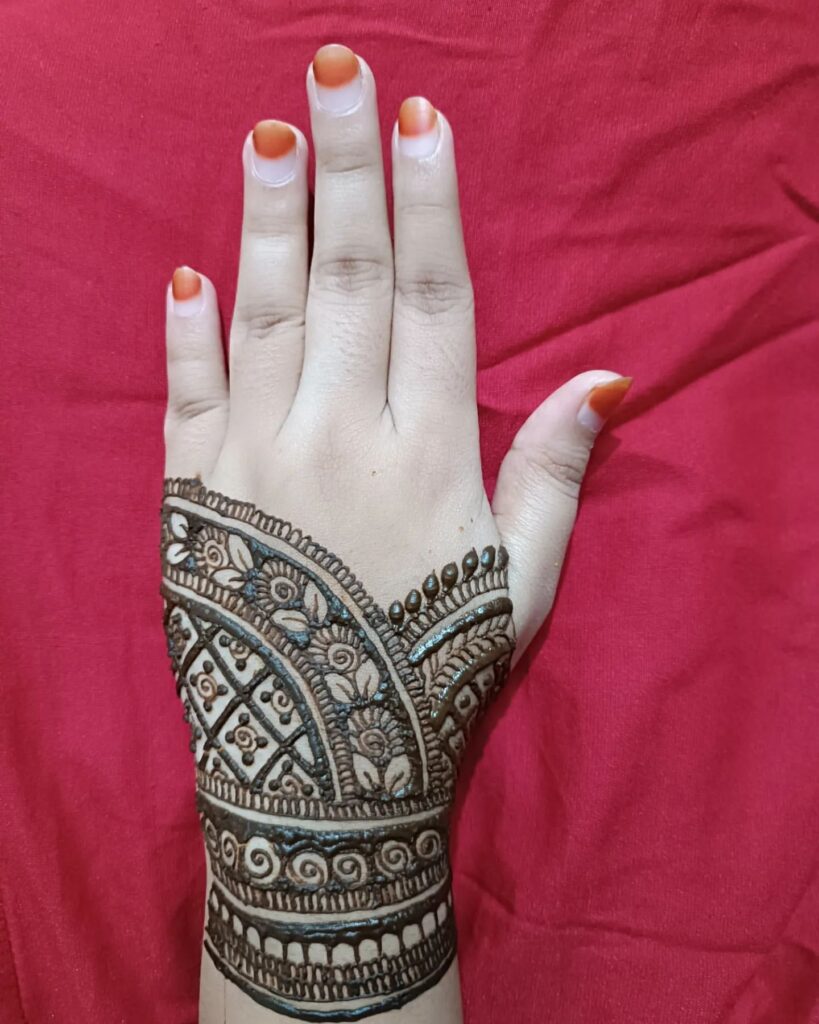
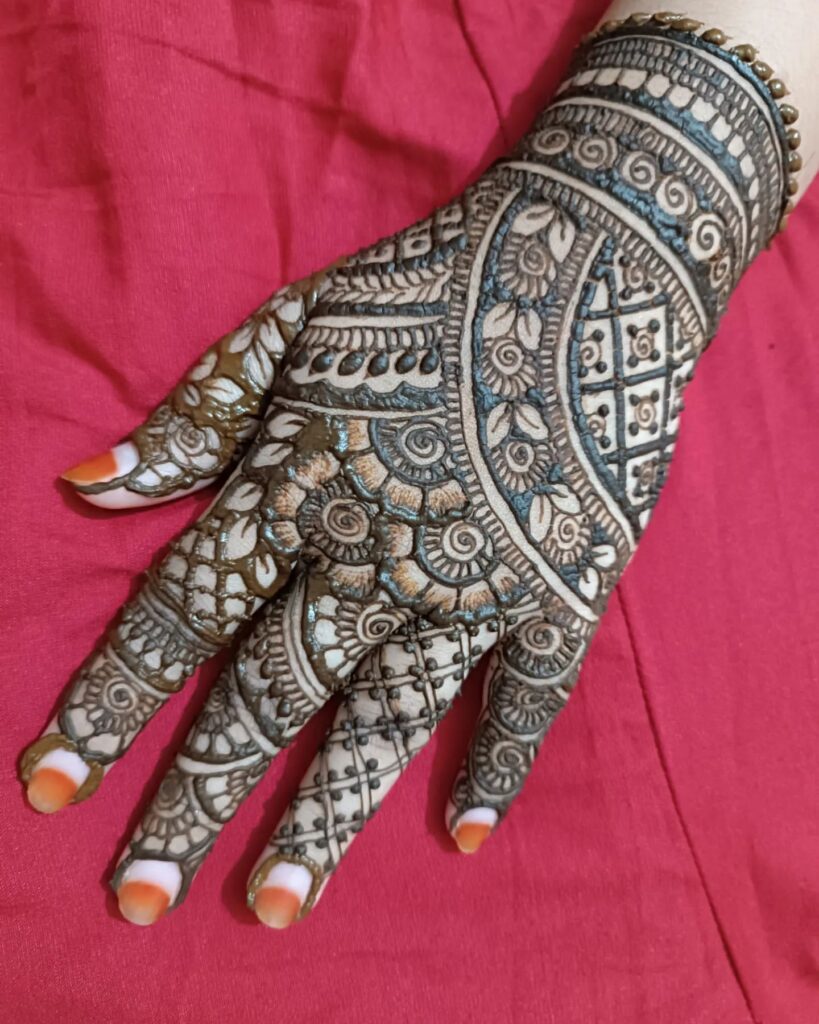
Definition and Background of Henna Tattoo
Henna, scientifically known as Lawsonia inermis, is a flowering plant native to regions of Africa, Asia, and the Middle East. Its leaves contain a natural dye called lawsone, which is responsible for the reddish-brown stain left on the skin after the application of henna paste. This dye has been utilized by various cultures for centuries for its cooling properties and ability to create beautiful designs on the body.
The Cultural Significance of Henna Tattoo
Henna tattoo has deep cultural significance in many societies. It is commonly associated with celebrations, such as weddings, festivals, and religious ceremonies. In these contexts, henna is seen as a symbol of joy, luck, and blessings. It is believed to bring good fortune, protect against evil spirits, and ward off negative energy. Henna is also used as a form of self-adornment and expression, allowing individuals to showcase their creativity and identity.
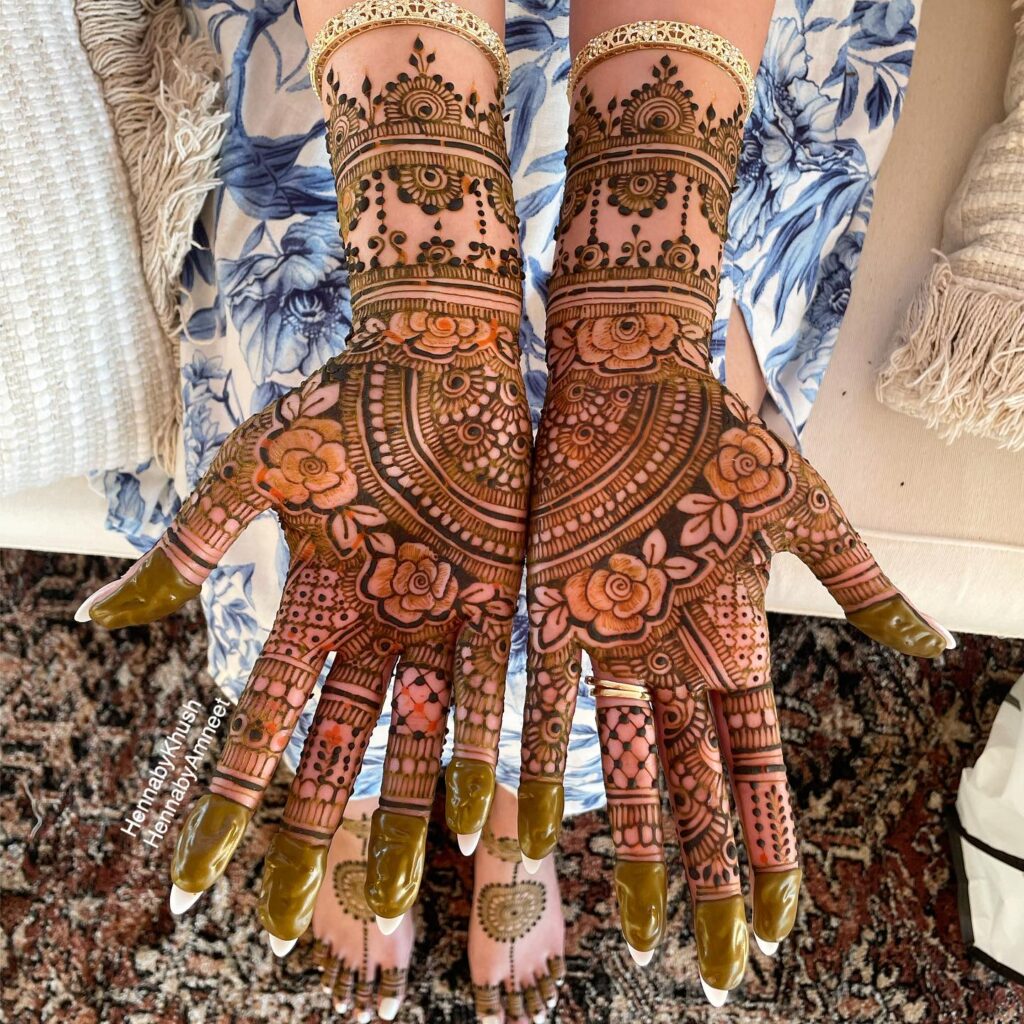

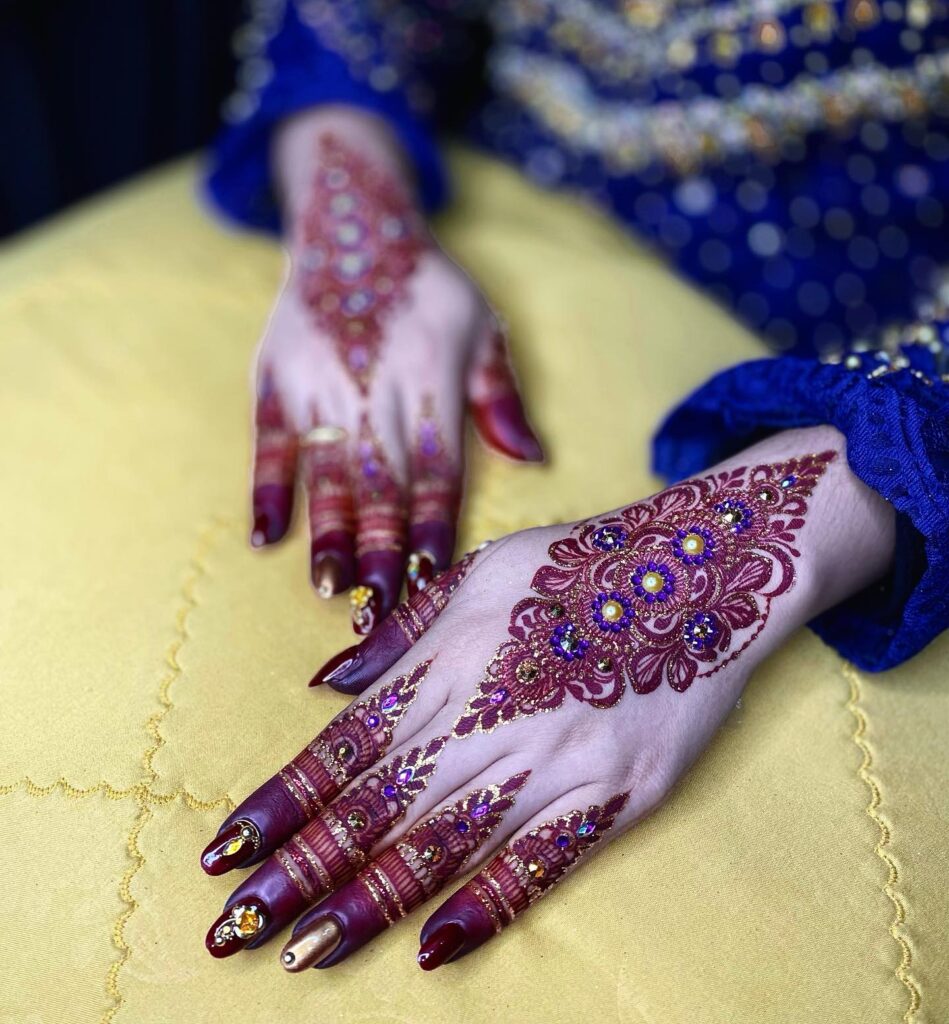
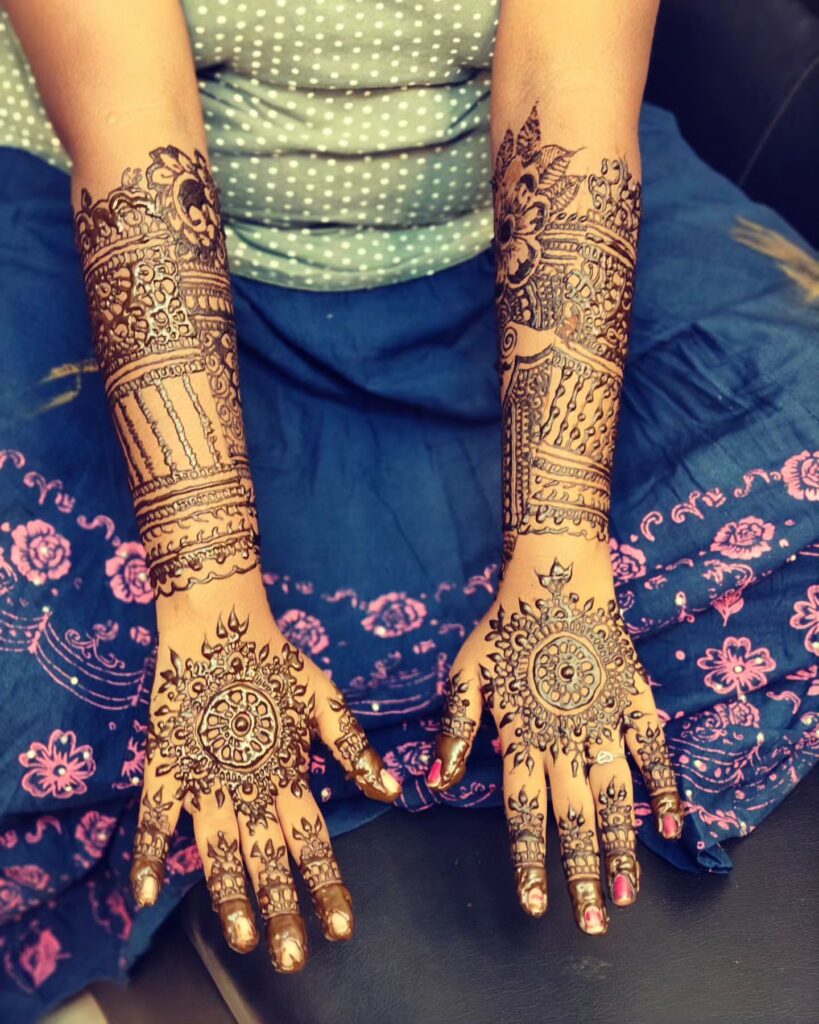
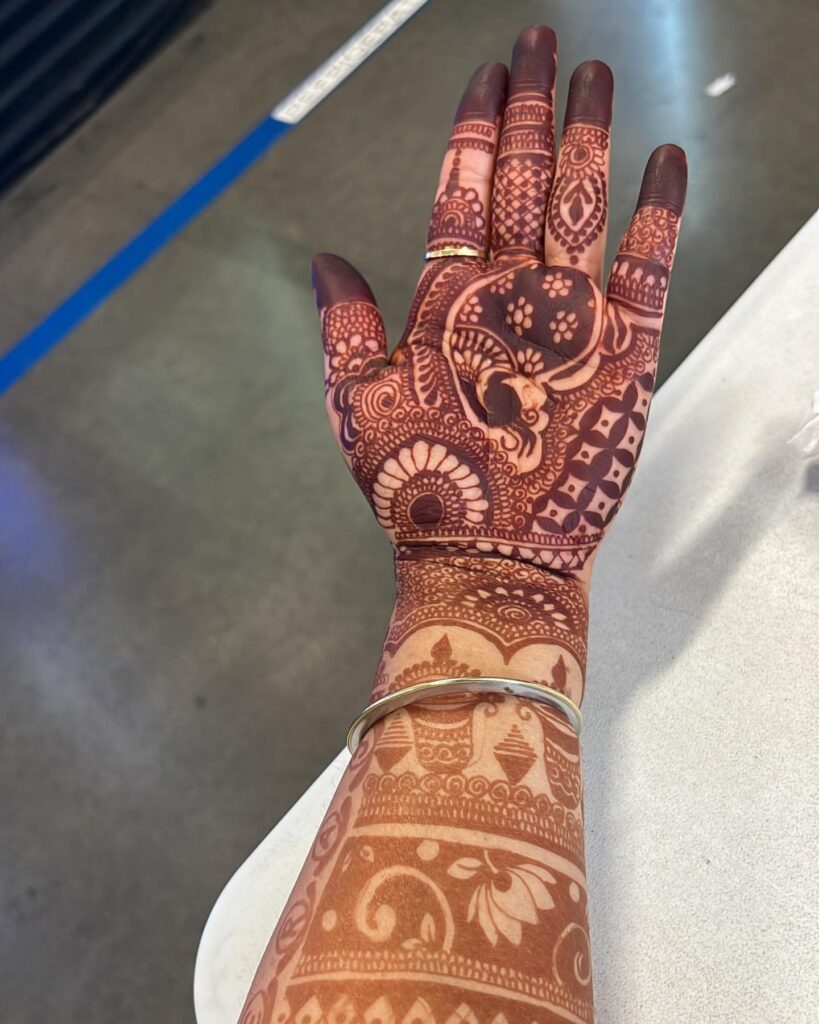
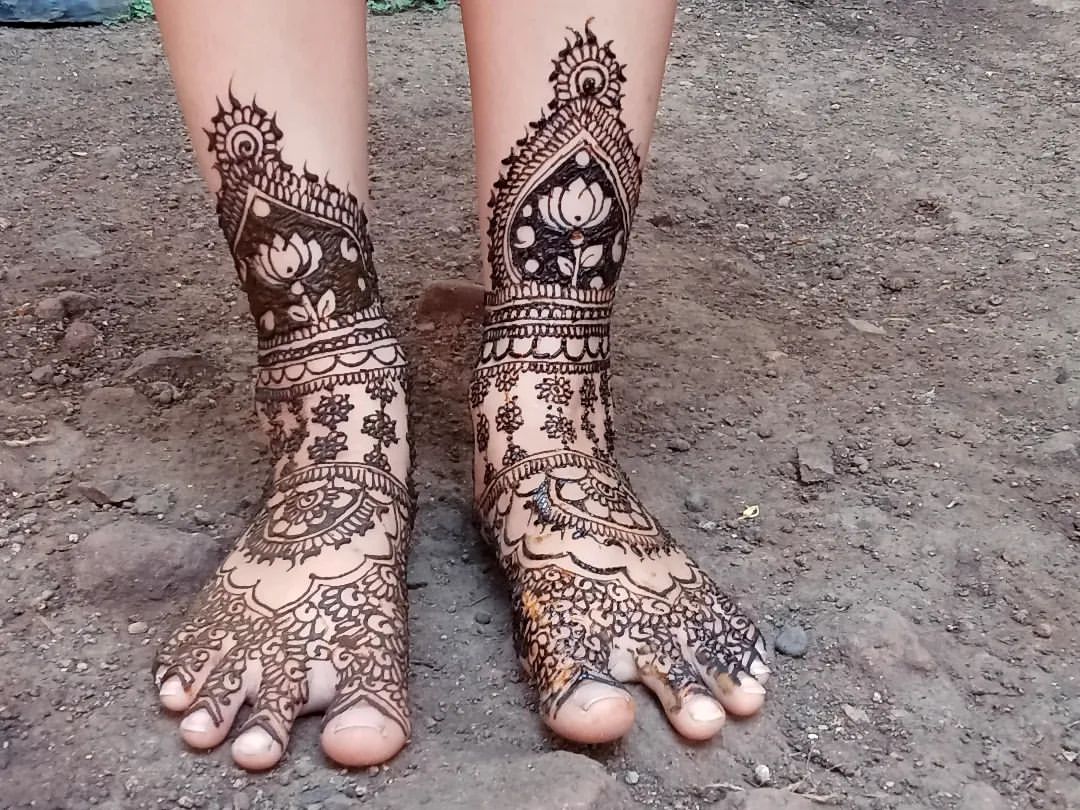
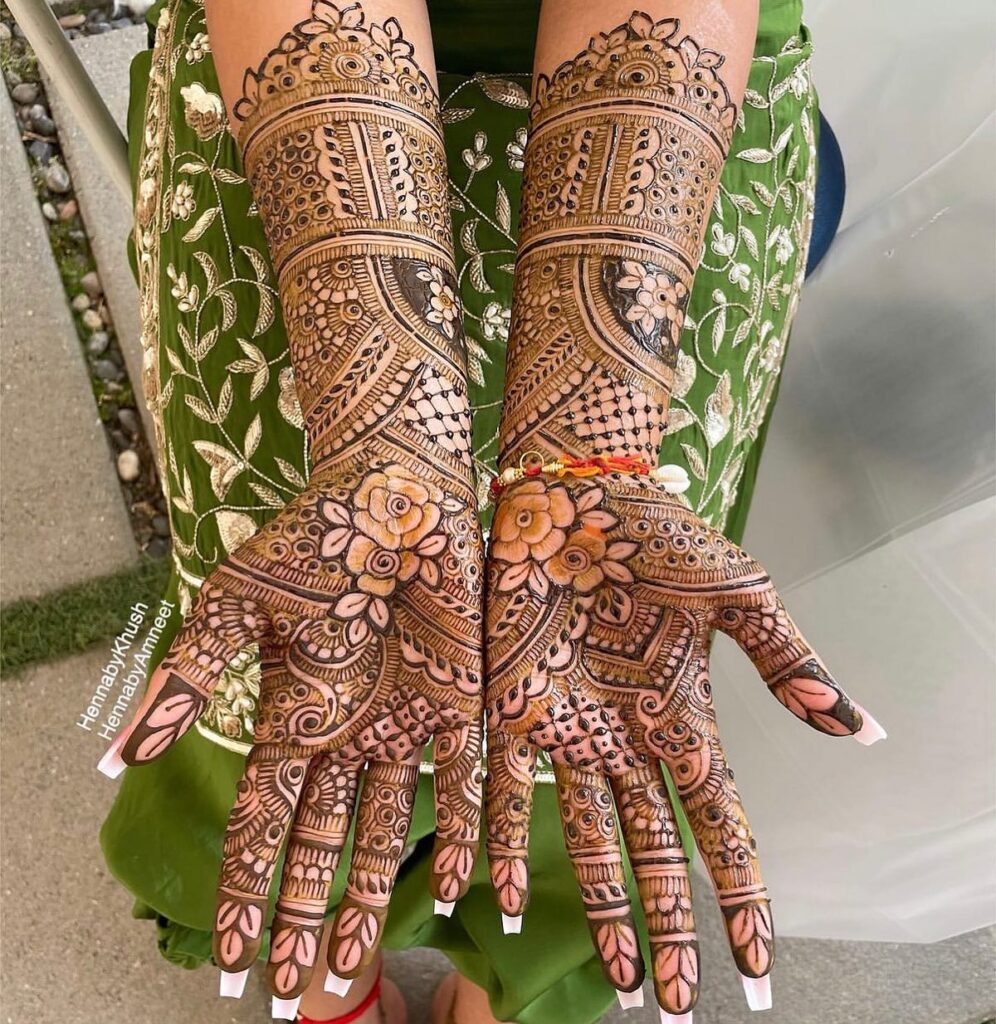
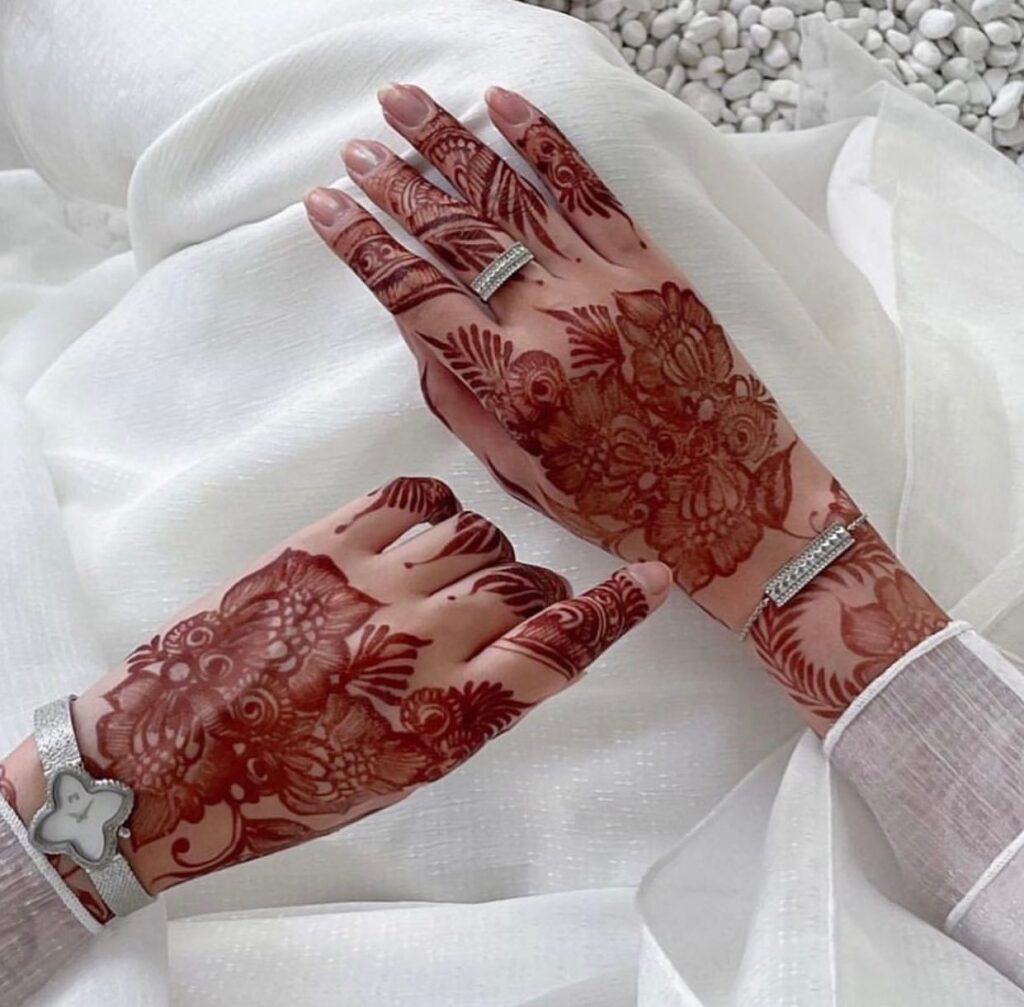
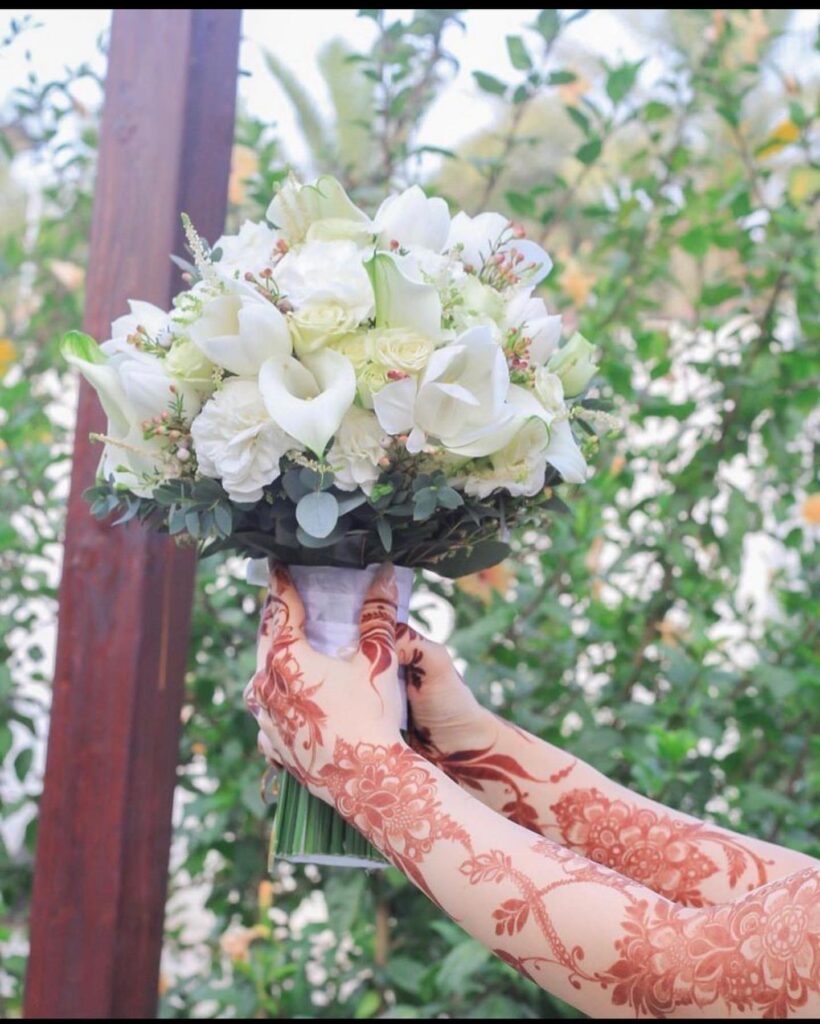
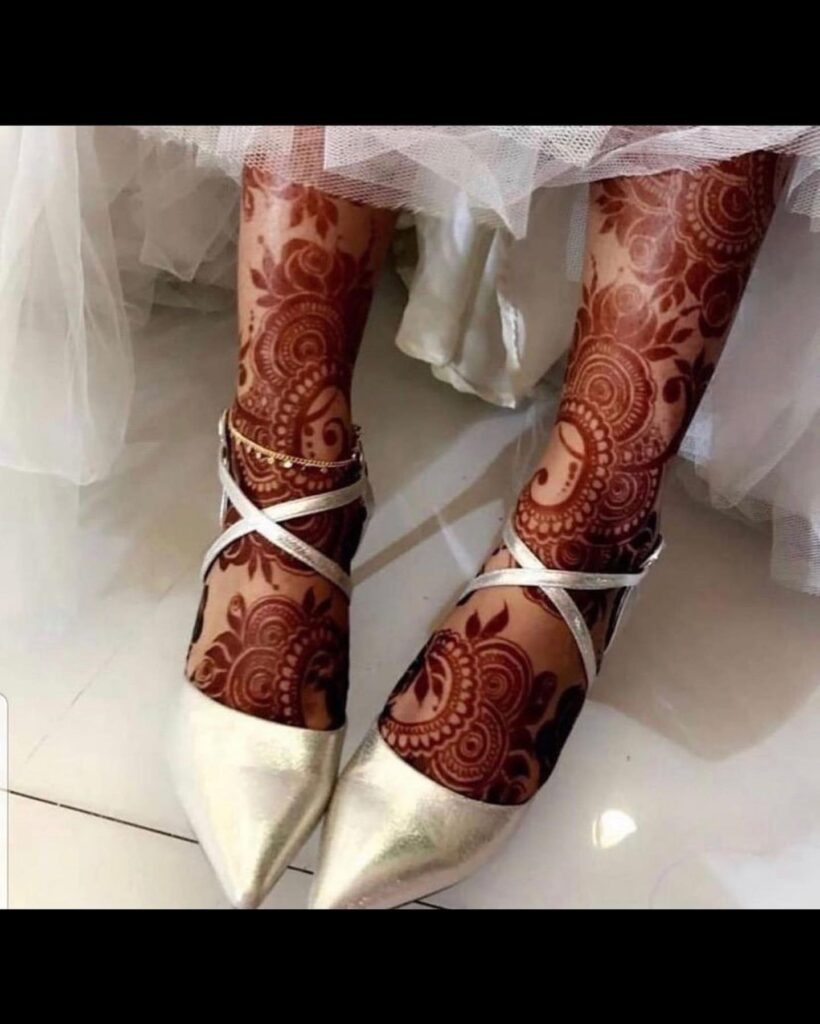
Variations in Design and Traditions Across Cultures
The art of henna tattooing varies greatly across different cultures and regions. Each culture has its own unique designs, patterns, and symbolism associated with henna. For example, in Indian culture, intricate floral and paisley designs are commonly used, while Moroccan henna features geometric patterns and tribal motifs. Each design holds its own cultural significance and reflects the traditions and beliefs of the community it belongs to.
Henna Tattoo Origins and History
Historical Origins of Henna Tattoo
The origins of henna tattoo can be traced back thousands of years, with evidence of its usage found in ancient Egyptian mummies and Indus Valley Civilization artifacts. It is believed to have originated in the Middle East and spread to other parts of the world through trade and cultural interactions. Throughout history, henna tattoo has been practiced by various civilizations, including the Ancient Egyptians, Persians, Indian subcontinent, and North African tribes.
Cultural and Religious Significance in History
In many ancient cultures, henna tattoo held immense cultural and religious significance. It was used as a form of adornment during weddings, births, and other important life events. Henna was also believed to possess healing properties and was used to cool the body, soothe skin conditions, and provide relief from headaches. In some societies, henna was associated with fertility and used to bless newly married couples.
Transition of Henna Tattoo To Modern Society
In recent years, henna tattoo has gained popularity in Western countries as a form of temporary body art. It is now commonly found at music festivals, parties, and other social events. The intricate designs and natural appeal of henna have captivated people around the world, transcending cultural boundaries. Henna tattoo artists have adapted and incorporated contemporary elements into their designs to cater to diverse audiences, blending traditional techniques with modern aesthetics.
Henna Tattoo Process
Preparation of the Henna Paste
Creating the perfect henna paste is crucial for achieving a long-lasting and vibrant henna tattoo. The process begins by drying and grinding the henna leaves into a fine powder. This powder is then mixed with various ingredients such as lemon juice, tea, sugar, and essential oils to create a smooth and workable paste. The paste is left to rest for a few hours or overnight to allow the dye to release and reach its optimal staining capacity.
Designing and Applying the Henna Tattoo
Designing a henna tattoo requires skill and creativity. Traditionally, henna artists use a cone-shaped applicator made from rolled-up plastic or paper to create intricate patterns on the skin. The paste is carefully applied in thin lines and shapes, allowing the artist to create various designs such as flowers, paisleys, mandalas, and geometric patterns. The drying time of the henna paste varies, but it usually takes a few hours for the design to fully develop its color.
Duration and Preservation of Henna Tattoos
A freshly applied henna tattoo appears bright orange, but the color gradually darkens over the next 24-48 hours. The final color can range from a deep reddish-brown to a dark maroon shade, depending on the quality of the henna and the individual’s skin type. A well-maintained henna tattoo can last anywhere from one to three weeks, with the color gradually fading due to natural exfoliation of the skin. To maximize the lifespan of a henna tattoo, it is important to keep the area moisturized and avoid excessive exposure to water.
Henna Tattoo Designs
Popular Henna Tattoo Designs
Henna tattoo designs encompass a wide range of patterns and motifs. Some of the most popular designs include intricate floral patterns, mandalas, peacocks, Arabic calligraphy, and abstract geometrical shapes. These designs are often combined to create a cohesive and visually stunning composition. Henna artists also create custom designs based on individual preferences, incorporating personal elements and symbols into the artwork.
Symbolic Meaning attached to Different Designs
Different henna tattoo designs carry symbolic meanings and significance. For instance, peacock feathers are associated with beauty and spirituality, while lotus flowers represent purity and enlightenment. Ganesha, the elephant-headed Hindu deity, is often included in henna designs as a symbol of good luck and remover of obstacles. Arabic calligraphy designs often feature verses from the Quran or meaningful words that hold spiritual importance.
Cultural Variations in Design
The designs used in henna tattoos vary across different cultures and regions. Indian henna designs typically feature delicate florals and paisleys, whereas Moroccan henna designs are characterized by bold geometric shapes and lines. African henna designs often incorporate intricate tribal patterns and symbols that reflect the cultural heritage of various tribes. Each cultural style showcases the unique artistic traditions and values of the community it represents.
Regional Differences in Henna Tattoos
African Henna Tattoos
In Africa, henna tattoos are deeply rooted in the continent’s diverse cultures and traditions. It is common to find henna being used in ceremonies such as weddings, naming ceremonies, and coming-of-age rituals. African henna designs often feature bold patterns, intricate lines, and symbolic symbols that reflect the cultural heritage and beliefs of the community. Henna is an integral part of African identity and is used to celebrate and preserve cultural heritage.
Asian Henna Tattoos
In Asia, henna tattooing has a rich history and is practiced in countries such as India, Pakistan, Bangladesh, and Sri Lanka. Asian henna designs are known for their intricate and elaborate patterns, often covering the hands and feet. These designs are deeply rooted in cultural traditions, with each region having its own unique style and symbolism. Asian brides often have elaborate henna designs applied to their hands and feet as part of pre-wedding celebrations.
Middle Eastern Henna Tattoos
Henna tattooing is an integral part of Middle Eastern culture, particularly in countries like Iran, Saudi Arabia, and the United Arab Emirates. Middle Eastern henna designs are characterized by fine details, geometric patterns, and Arabic calligraphy. Henna is commonly used during festive occasions, such as Eid al-Fitr and weddings. Middle Eastern henna designs are regarded as a form of self-expression and are often associated with elegance and beauty.
Henna Tattoo in Different Cultures and Religions
Role of Henna Tattoo in Different Cultures
Henna tattoo holds a significant role in various cultures around the world. In Indian culture, henna is an integral part of weddings, with intricate designs applied to the bride’s hands and feet as a symbol of good luck and blessings. In North Africa, henna is used during celebrations and ceremonies, symbolizing joy and beauty. Henna tattooing is also prevalent in Middle Eastern countries, where it is associated with cultural and religious festivities.
Henna Tattoo in Religious Ceremonies
Henna tattoo plays a significant role in religious ceremonies and festivals in many cultures. In Islamic traditions, henna is often applied to celebrate Eid al-Fitr and Eid al-Adha, marking the end of Ramadan and other religious observances. Henna is also used in Hindu weddings and festivals, symbolizing the auspiciousness of the occasion. In Jewish and Christian traditions, henna is sometimes used as a decorative element during special events and celebrations.
Henna Tattoo as Aesthetic Body Art in Western Culture
Henna tattoo has gained popularity as an aesthetic body art form in Western culture. Many people choose to get henna tattoos for their intricate designs and temporary nature, allowing them to experiment with different styles and patterns without the commitment of a permanent tattoo. Henna is often seen at music festivals, bohemian-themed events, and as a fashionable accessory for individuals seeking a unique and culturally diverse form of self-expression.
Steps to Apply Henna Tattoo Safely
Materials Required for a Henna Tattoo
To apply a henna tattoo safely, you will need the following materials:
- Henna powder: Ensure it is made from natural ingredients and free from harmful chemicals or additives.
- Lemon juice or tea: These liquids help activate the dye in the henna powder.
- Sugar: Adding sugar to the henna paste helps improve its consistency and adhesion to the skin.
- Essential oils: Oils like eucalyptus, lavender, or tea tree are commonly used to enhance the fragrance and improve the staining properties of the henna.
- Mixing bowl and spoon: Use non-reactive materials such as glass or ceramic to mix the henna paste.
- Applicator cone or squeeze bottle: These tools help in applying the henna paste onto the skin.
- Design stencils or sketchbook: These can be used as references or templates for creating henna designs.
- Clean cloth or tissue: These are useful for wiping away any excess henna or mistakes during the application process.
Procedure to Apply the Tattoo
Follow these steps to safely apply a henna tattoo:
- Mix the henna powder with lemon juice or tea in a bowl to form a smooth paste. Add sugar and a few drops of essential oil to enhance the consistency and fragrance.
- Let the henna paste rest for a few hours or overnight to allow the dye to release.
- Cleanse the area where the tattoo will be applied with soap and water to remove any dirt or oils.
- Fill the applicator cone or squeeze bottle with the henna paste and start creating your design on the skin.
- Allow the henna to dry completely on the skin, avoiding any contact or smudging.
- After the henna has dried, protect the design by applying a mixture of lemon juice and sugar to the tattoo with a cotton ball. This helps the henna paste adhere better to the skin.
- Let the henna paste sit on the skin for a minimum of 4-6 hours, or preferably overnight, to achieve a deeper and longer-lasting stain.
- Once the recommended time has passed, gently scrape off the dried henna paste with a tissue or cloth. Avoid using water during this process to prevent smudging.
- Avoid washing the hennaed area with water for at least 24 hours to allow the color to set and develop fully.
Safety Precautions to Consider
While henna tattoos are generally safe, it is important to take certain precautions to avoid any adverse reactions or infections:
- Use natural henna: Ensure that the henna powder you use is made from natural ingredients and does not contain harmful chemicals or dyes. Avoid “black henna,” which may contain harmful additives and can cause severe skin reactions.
- Test for allergies: Before applying henna to a larger area of the body, perform a patch test on a small area of skin to check for any allergic reactions. Apply a small amount of henna paste and leave it for a few hours to see if any irritation occurs.
- Avoid sensitive areas: Henna should not be applied to broken or sensitive skin, such as cuts, rashes, or sunburns, as it may cause further irritation.
- Maintain hygiene: Ensure that all tools and materials used for henna tattooing are clean and sanitized to prevent infections. Wash your hands thoroughly before and after applying henna.
- Seek professional assistance: If you are unsure about the process or have any concerns, it is recommended to seek the help of a professional henna artist who has experience in applying henna tattoos.
Health Aspects of Henna Tattoos
Benefits of Henna
Henna possesses several beneficial properties, making it a popular choice for temporary body art:
- Cooling effect: Henna has a natural cooling effect on the skin, making it soothing and refreshing, especially in hot climates.
- Natural dye: The dye in henna is derived from natural plant sources, making it a more desirable alternative to chemical-based dyes used in permanent tattoos.
- Temporary nature: Henna tattoos are temporary and fade away naturally over time, allowing individuals to explore different designs and styles without the commitment of a permanent tattoo.
Potential Allergies and Side Effects
While rare, some individuals may experience allergic reactions to henna. These reactions can range from mild skin irritation to severe allergic dermatitis. It is essential to perform a patch test before applying henna to a larger area of the body to check for any adverse reactions. Additionally, some people may experience skin dryness or itchiness following the application of henna, which typically resolves on its own.
Importance of Test Patch
Performing a test patch before applying a henna tattoo is crucial to determine any potential allergies or adverse reactions. Choose a small area of skin, preferably on the inner wrist or forearm, and apply a small amount of henna paste. Leave it on for a few hours, and if there are no signs of redness, itching, or irritation, it is generally safe to proceed with a full application. However, if any discomfort or allergic reactions occur during the test patch, it is advisable to avoid using henna.
Post-Henna Care and Tattoo Maintenance
Guidelines for Protecting Henna Tattoo
To ensure the longevity and vibrancy of your henna tattoo, follow these post-application guidelines:
- Avoid water: Refrain from washing the hennaed area with water for at least 24 hours after the application, as water can cause the henna to fade quickly.
- Avoid oil-based products: Oil-based products, such as lotions and creams, can cause the henna to fade faster. Opt for water-based moisturizers to keep the tattooed area hydrated.
- Protect from friction: Minimize rubbing or scratching the hennaed area to prevent the design from smudging or fading prematurely.
- Limit exposure to sunlight: Prolonged exposure to sunlight can cause henna tattoos to fade more quickly. If spending time in the sun, protect the tattooed area with clothing or sunscreen.
Proper Cleaning Methods
When it comes to cleaning a henna tattoo, proper care is essential to maintain its appearance and longevity:
- Gently pat dry: After washing your hands or showering, gently pat the hennaed area dry with a clean towel. Avoid scrubbing or rubbing the tattooed area to prevent any damage to the design.
- Avoid excessive moisture: Minimize the amount of water that comes into contact with the hennaed area while bathing or washing your hands. Excessive moisture can cause the henna design to fade faster.
- Moisturize regularly: Apply a water-based moisturizer or henna balm to keep the tattooed area hydrated. This helps to preserve the color and prevent the henna from cracking or flaking.
Maximizing the Lifespan of a Henna Tattoo
To maximize the lifespan of your henna tattoo and preserve its vibrancy, consider the following tips:
- Choose a suitable location: Select a body part that experiences less friction and movement, as henna tattoos tend to fade quicker in areas that are constantly rubbed or exposed to friction.
- Hydrate your skin: Dry skin tends to shed more quickly, causing the henna to fade at a faster rate. Keeping the tattooed area well-moisturized helps preserve the design for longer.
- Protect from chemical exposure: Avoid exposing the hennaed area to harsh chemicals, such as chlorine in swimming pools or chemical-based skincare products, as these can accelerate the fading process.
- Avoid exfoliation: Refrain from using harsh exfoliating products or scrubbing the tattooed area vigorously, as this can remove the upper layers of skin, effectively removing the henna design.
Henna Tattoo Removal
Natural Fading of Henna Tattoos
Henna tattoos naturally fade over time as the skin exfoliates and renews itself. The intensity of the color gradually diminishes as the topmost layers of the skin are shed. On average, a henna tattoo can last between one to three weeks, depending on factors such as skin type, location, and aftercare. For those who want their henna tattoo to fade faster, there are methods available to expedite the process.
Methods for Speeding Up Tattoo Removal
If you wish to remove a henna tattoo quickly, consider the following methods:
- Exfoliation: Gently exfoliating the tattooed area using a scrub or loofah can help speed up the fading process. Be cautious not to be too aggressive, as this can cause skin irritation or redness.
- Lemon juice: Applying lemon juice to the hennaed area can help lighten the color. Squeeze fresh lemon juice onto a cotton ball and dab it onto the tattooed skin a few times a day. The citric acid in lemon juice acts as a natural bleaching agent.
- Hydrogen peroxide: Diluted hydrogen peroxide can be used to lighten the henna tattoo. Apply a small amount of hydrogen peroxide solution to a cotton ball and gently dab it onto the tattooed skin. Rinse off after a few minutes and moisturize the area well.
Considerations When Removing Henna Tattoos
When removing a henna tattoo, it is important to remember that the process of fading is gradual, and forcing its removal may cause skin irritation or even damage. Always opt for gentle methods and avoid harsh chemicals that can cause adverse reactions. If you have concerns or experience any unexpected reactions during the removal process, consult a dermatologist or seek professional advice.

